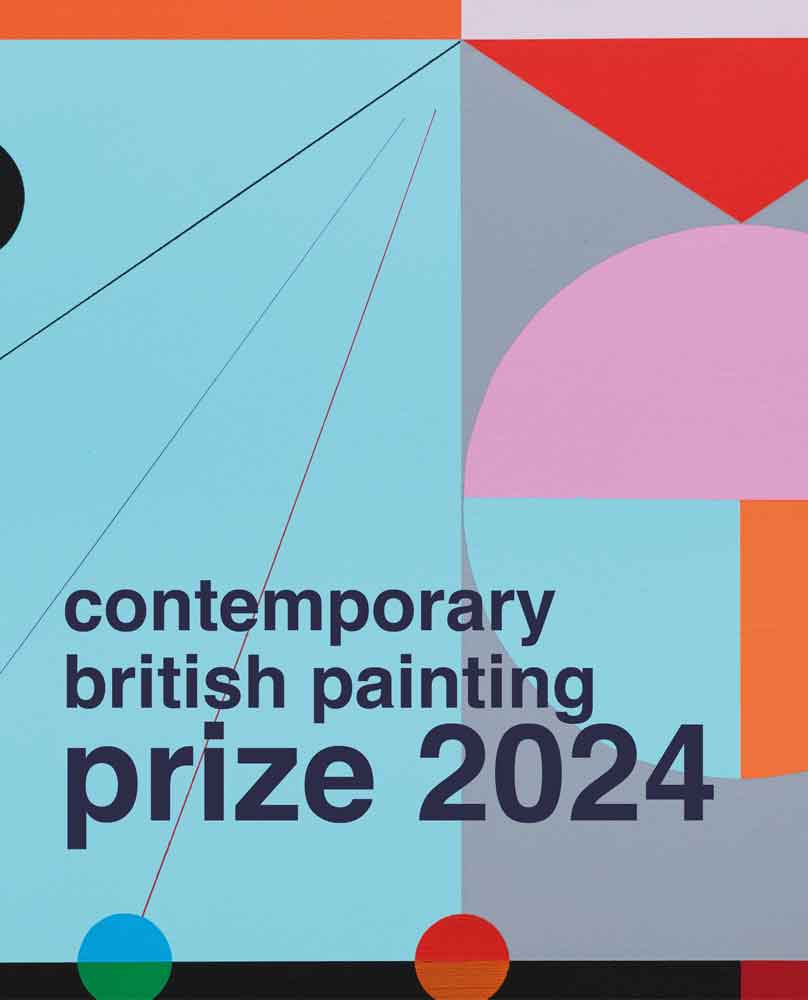Plausible Objects / Difficult Things
Joanna Whittle
My paintings focus on constructing worlds using temporary and moveable structures such as tents, shelters and fairground facades. They are painted to a high level of detail in order to authenticate these constructed worlds. Each painting has a basis in reality but is built up from many sources containing elements which contradict each other and ultimately undermine the reality of the scenes.
Despite almost forensic levels of detail in the paintings they are also painterly and viscous. Paint mimics mud, sticky and motile, whilst canvas hangs in stillness under skeins of white paint, mud splattered with washy dishwater turps. They celebrate paint using coarse, yet tiny, daubs to represent lights or a sudden gleam of dusk. The paintings, whilst often unsettling and uncomfortable, also celebrate painting and its intricacies and also landscape and a phenomenological approach to perceiving it; its feeling of darkness and quiet, its minute sounds, wet air, earthy smells and how these can be conjured by paint. They are very much about this transitional moment between the physicality of paint and the sensing being and imagination of both myself and the viewer.
Time moves through the paintings at different rates. Fragile structures slowly sink in to mud, canvas ages and weathers like ancient ruins, yet there is also evidence of current or recent activity with lights lit or tent openings pulled tight. The paintings deal with themes of fragility and impermanence but also of hidden and furtive activities and rituals implied and evidenced by signifiers in the landscape. There is a sense of waiting but also of a moment just passed. Something eludes the viewer so that a transformative space is opened up from where alternative realities can be conjured.
There are elements in the work which reflect my enduring interest in Heidegger’s discussion of the abgrund, the ‘abyss’, for which I read ‘the absence of ground’. The ‘ground’ in my work is often shifting and uncertain but through materiality, through paint emerging as mud, the work becomes about making absence solid.
The palette I employ is made up of muted tones, of faded sherbet colours and weathered surfaces. Dull green foliage creeps over surfaces in my paintings, further muting the colours whilst glaucous mud is punctuated by flecks of vibrancy, vermillion flowers draped over velvety green structures, creating sudden shocks of light or a soft gloaming with a sky flushed peach that illuminate shadows. The paintings are strongly illusionistic, with reflections that pull the viewer into them just as the surface pulls back with punctures of materiality. The deliberately small scale of the work adds to the intensity of the spaces created. They are meticulous worlds, subversive in their intimacy with the viewer and in their concealment of small things. Often reminiscent of still life paintings, these landscapes become like vanitas paintings, yet amoral and devoid of allegory.
The tents, facades and other fragile structures have a basis in reality, being engendered from original photographic source material. I will often take photographs early in the morning or at dusk when lights are just being lit or still glow in the dawn. These dawn and dusk hours are transitional times where impending dark or light gives a sensation of things gradually altering. At dusk there is a furtiveness, a sensation of things hiding and becoming other, a concealment. At dawn it feels as though there is a residue of night saturating the landscape and the structures within it, gradually fading away as light rises. With this in mind I take these structures and place them into invented landscapes made from combining sources, memories and invention; dulling the light to create indistinct shadows which puddle in indistinct ground. Only the structure seems to remain in reality. Yet on closer inspection many of these certainties unravel within the construction of the scene. In Ghost Lights a rigid, yet billowing tent looms bright in darkness, holding form yet gliding impossibly on a glassy wet surface.
The tents are also impenetrable, holding their secrets within, with concealed and dirtied entrances tied shut. Memorial Postcard depicts a structure swathed with cloth, a weed scrambled shroud. The facades and gateways seem to provide a portal or an entrance to somewhere, yet with seeming emptiness or concealment. There is simply no untroubled way into these worlds, as time shifts through different layers and no one time exists, all that remains is a plausible uncertainty.
1. Heidegger, Martin, William McNeill ed., On the Essence of Ground, Cambridge UP, 1998.
© Joanna Whittle and Frances Woodley
Image 1. Joanna Whittle, Ghost Lights, 2019, oil on canvas, 16×22 cm. Photo the artist. © the artist.
Image 2. Joanna Whittle, Memorial Postcard, 2019, oil on Perspex, 15×10 cm. Photo the artist. © the artist.
Image 3. Joanna Whittle, Wonderland, 2019, oil on canvas, 24×30 cm. Photo the artist. © the artist.





